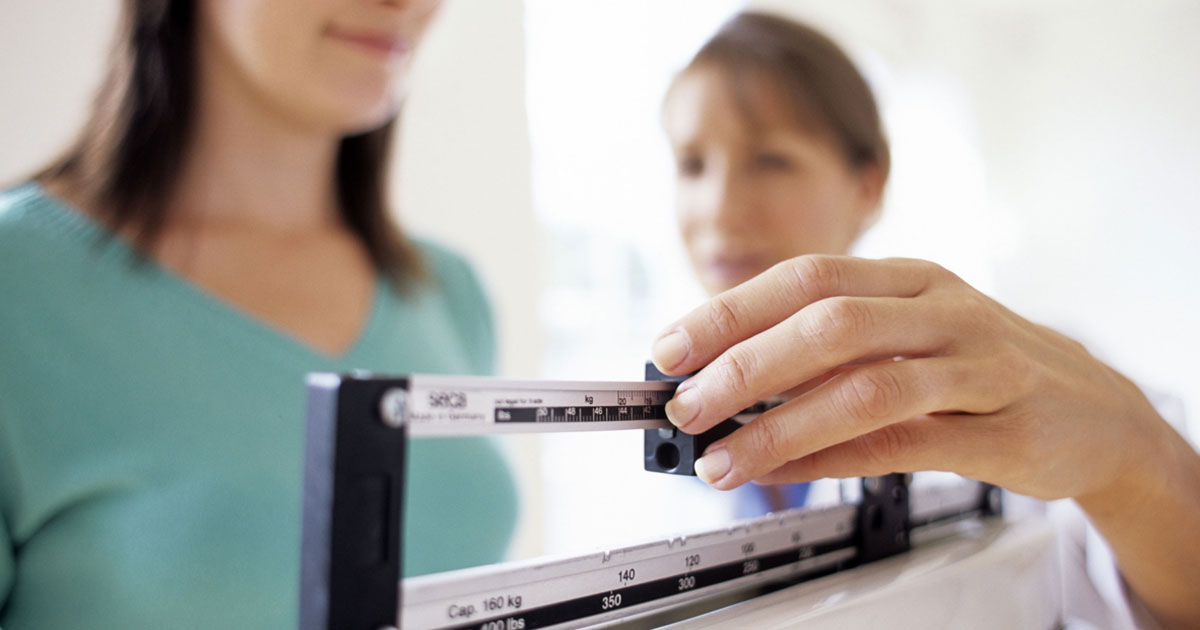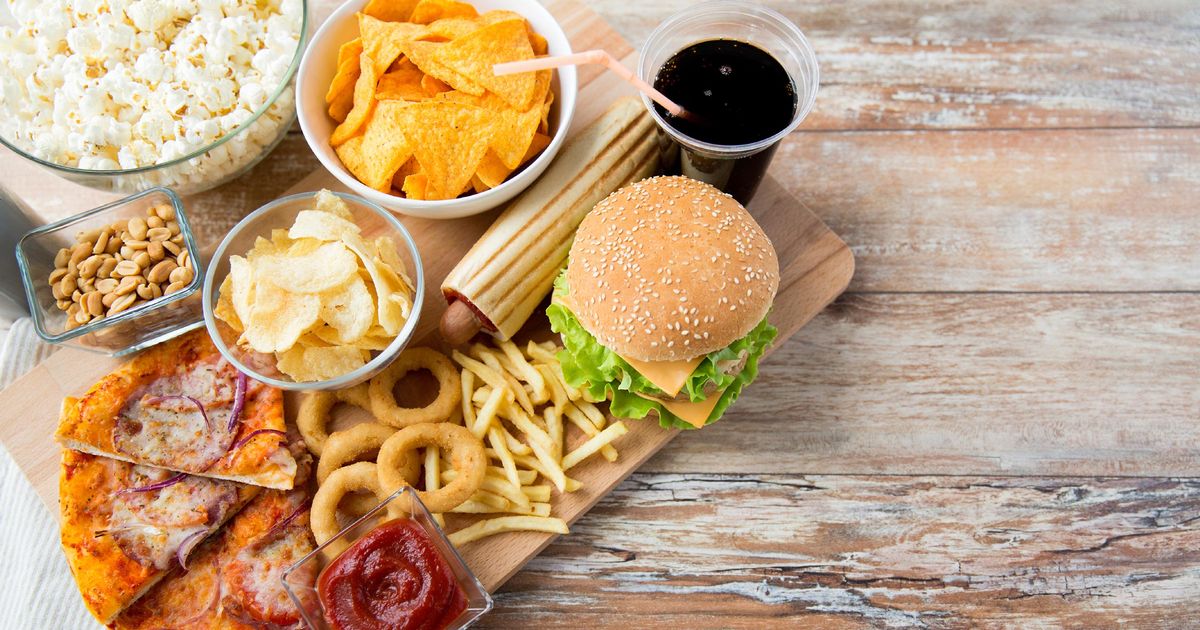What Is The Nordic Diet?
Foods To Avoid On The Diet
The foods to avoid on the Nordic diet are foods discouraged in many modern diets. Fast food and processed foods should be avoided, and foods with added sugar are also discouraged. However, the Nordic diet also asks dieters to think about the environmental impact of the foods they eat as well as the nutritional benefits. For example, red meat is supposed to be minimized not only because seafood has important health benefits, but also because red meat is difficult to produce in a sustainable way. Similar arguments are made for avoiding processed and food with refined sugars. The more a food is processed, the fewer health benefits it brings to the consumer and more energy is spent producing it.
Get familiar with the risks and benefits of the Nordic diet now.
Benefits And Risks Of The Diet

The benefits and risks of the Nordic diet are somewhat difficult to measure. The health benefits of the Nordic diet include short-term weight loss and a reduction in blood pressure. Studies on other impacts of the diet, such as on low-density lipoprotein cholesterol and blood sugar, are inconsistent, with some showing a decrease in both and others showing little or no change. The Nordic diet has the potential to create positive change in terms of changing the eating culture and the way food consumption impacts the environment.
There are no known immediate health risks of the Nordic diet, though patients should still consult a physician before trying it. The greatest long-term risk of the Nordic diet is the return of lost weight. Because the Nordic diet involves more food preparation and more expensive ingredients, it can be hard to maintain consistently over a long period. Some studies found lost weight had been regained within two years of starting the diet.
Uncover more on the Nordic diet now.
